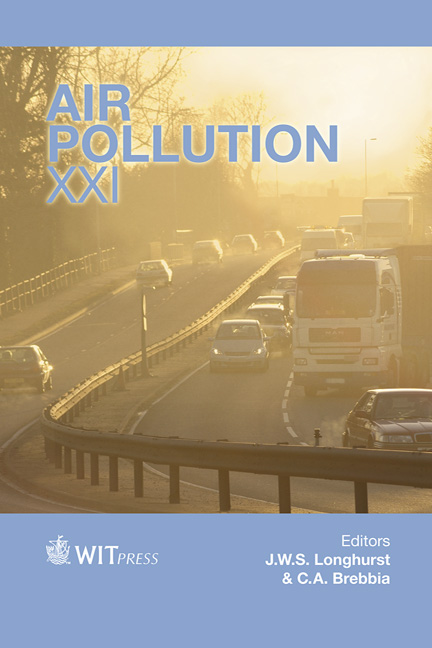Characteristics Of Carbonaceous Aerosols And Their Relationship With Emission Sources
Price
Free (open access)
Transaction
Volume
174
Pages
12
Page Range
195 - 206
Published
2013
Size
1,426 kb
Paper DOI
10.2495/AIR130171
Copyright
WIT Press
Author(s)
H. Minoura, K. Takahashi, T. Morikawa, A. Mizohata & K. Sakamoto
Abstract
Due to enforcing vehicle emission reduction requirements in Japan, particulate matter (PM) concentration, especially the elemental carbon (EC) concentration in roadside atmosphere, significantly decreased during the last decade. However, in spite of vehicle emission reductions, recent EC concentrations in the overall ambient air did not show a clear decrease. To achieve the PM2.5 environmental standard, measurements based on emission source contribution was desired. However, source apportionment of carbonaceous aerosol was ambiguous because chemical components are complicated, and the components change through photochemical reaction. The goal of this study was to determine source apportionment for carbonaceous aerosols. Examination of PM2.5 was performed in south Kanto including Tokyo in the summer of 2008 and the winter of 2009. Emissions from the industrial area around Tokyo Bay and the agricultural northern area showed PM transport and accumulation due to a seasonal prevailing wind. The characteristics of carbonaceous aerosol were obtained using carbon profile analysis and carbon isotope analysis. Soot-EC was found as a substance with fossil fuel origin which did not contain biomass combustion matter. Since soot-EC is stable, there was no
Keywords
elemental carbon, organic carbon, carbon profile, isotropic carbon analysis, source contribution, fossil fuels, biomass combustion





